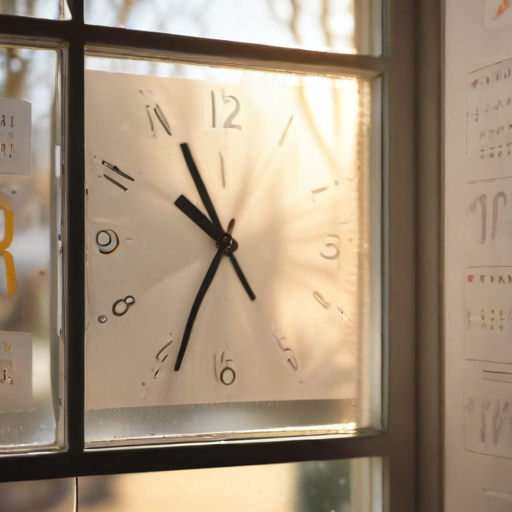This weekend marks the end of daylight saving time, occurring on Sunday, November 3, 2024. On this day, clocks in most parts of the United States will be set back one hour at 2 a.m. local time, allowing many to enjoy an extra hour of sleep. Unlike the springtime change, which results in a loss of an hour of rest, this adjustment means that evenings will become shorter, with sunsets occurring earlier.
For instance, in New York City, the sun will set at 5:50 p.m. on November 2, but after the clocks fall back on November 3, the sunset will occur at 4:49 p.m. This transition not only affects our daily routines but also our sleep patterns, often requiring adjustments as our bodies adapt to the earlier shift in daylight.
Daylight saving time has an extensive history that dates back to the Standard Time Act of 1918, which introduced the practice. Although it faced significant controversy and was even repealed shortly after its introduction, it saw a revival during World War II. Currently, under the Uniform Time Act of 1966, daylight saving begins on the second Sunday in March and ends on the first Sunday in November.
Interestingly, while the concept is often attributed to Benjamin Franklin, it was George Hudson, a New Zealand entomologist, who proposed the idea for more evening light in 1895. Meanwhile, in the U.S., William Willett, a British builder, advocated for it so he could optimize his golfing time.
Not all states participate in this clock-changing ritual; Hawaii and most of Arizona refrain from observing daylight saving time. A significant number of countries in both Europe and the Americas have adopted this practice, albeit on varying schedules.
There has been ongoing discussion about whether to make daylight saving time a permanent fixture. The Senate passed the Sunshine Protection Act in 2022, which sought to eliminate the biannual clock changes. Backers of the act, including Senator Marco Rubio, argue that the switch is counterproductive and that maintaining daylight saving time year-round could provide various health and economic benefits.
Despite the momentum, the legislation faced challenges in the House and did not advance as planned, leaving the future of daylight saving time in uncertainty.
As we prepare for the clock change this weekend, it’s an opportunity to enjoy that extra hour of sleep and reflect on the potential benefits of a more consistent approach to timekeeping. While the future of daylight saving hangs in the balance, discussions surrounding it highlight a growing awareness of how our relationship with time impacts our health and daily lives.
